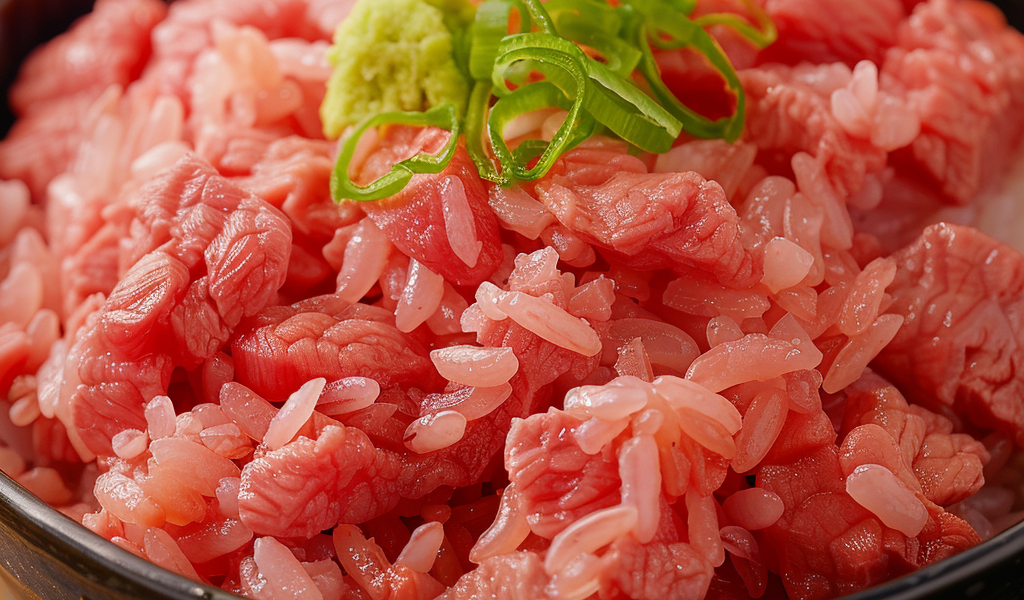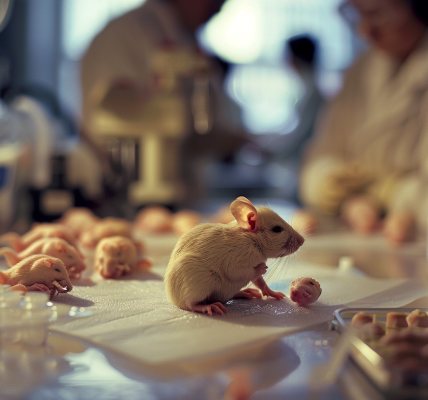Move over, plant-based beef: Hello, beef-infused rice
By Jessie Yeung, CNN 4 minute read Updated 2:55 AM EST, Thu February 15, 2024
Growing animal muscle and fat cells inside rice grains. Yonsei UniversityCNN — Imagine eating a delicious, nourishing bowl of beef rice.
No, not beef on rice — beef rice.
That’s what a team of South Korean researchers are hoping to plate up with their newly developed hybrid rice, grown in a lab with cow muscle and fat cells inside the rice grains.
The rice — which is colored pink — could offer a cheaper, more environmentally sustainable source of protein with a much lower carbon footprint than beef, the researchers say.
“Imagine obtaining all the nutrients we need from cell-cultured protein rice,” primary author Sohyeon Park said in a news release on Wednesday, when the study was published in the journal Matter. “Rice already has a high nutrient level, but adding cells from livestock can further boost it.”
Here’s how they do it: They first coat the rice in fish gelatin to help the meat cells latch on better. Then, they insert cow muscle and fat stem cells into the rice grains, which are left to culture in a petri dish.
Animals have microscopic “biological scaffolds” that help cells grow to form tissue and organs, and rice grains have a porous, organized structure that mimic this scaffolding, as well as molecules that further nourish these cells, the study said.
The meat cells then grow on the surface of the rice grain and inside the grain itself. After about 9 to 11 days, you get the final product — which the study describes as “reminiscent of microbeef sushi and has a different texture, nutritional profile, and flavor than traditional rice grains.”
The beef rice is firmer and more brittle than the typically sticky, soft texture of regular rice — and is higher in protein and fat, the study found. Scientists steamed the rice to analyze it, finding that rice with higher muscle content smelled more like beef and almonds, while rice with higher fat content smelled like cream or coconut oil.
“A novel food ingredient that can overcome humanity’s food crisis has been created,” the study declared, adding that new solutions were critical in overcoming “rising health concerns, infectious disease risks, climate change, and resource scarcity.”
Speaking to CNN on Thursday, Park said the team had experimented with different types of food products, but previous models weren’t as successful. For instance, they tried to infuse soybeans with animal meat cells using a similar method, but the cellular scaffolding of the soybean is too big, meaning consumers “can’t feel the meat-like texture.”
Meat alternatives and new food innovations have proliferated over the past few years, from plant-based options like





